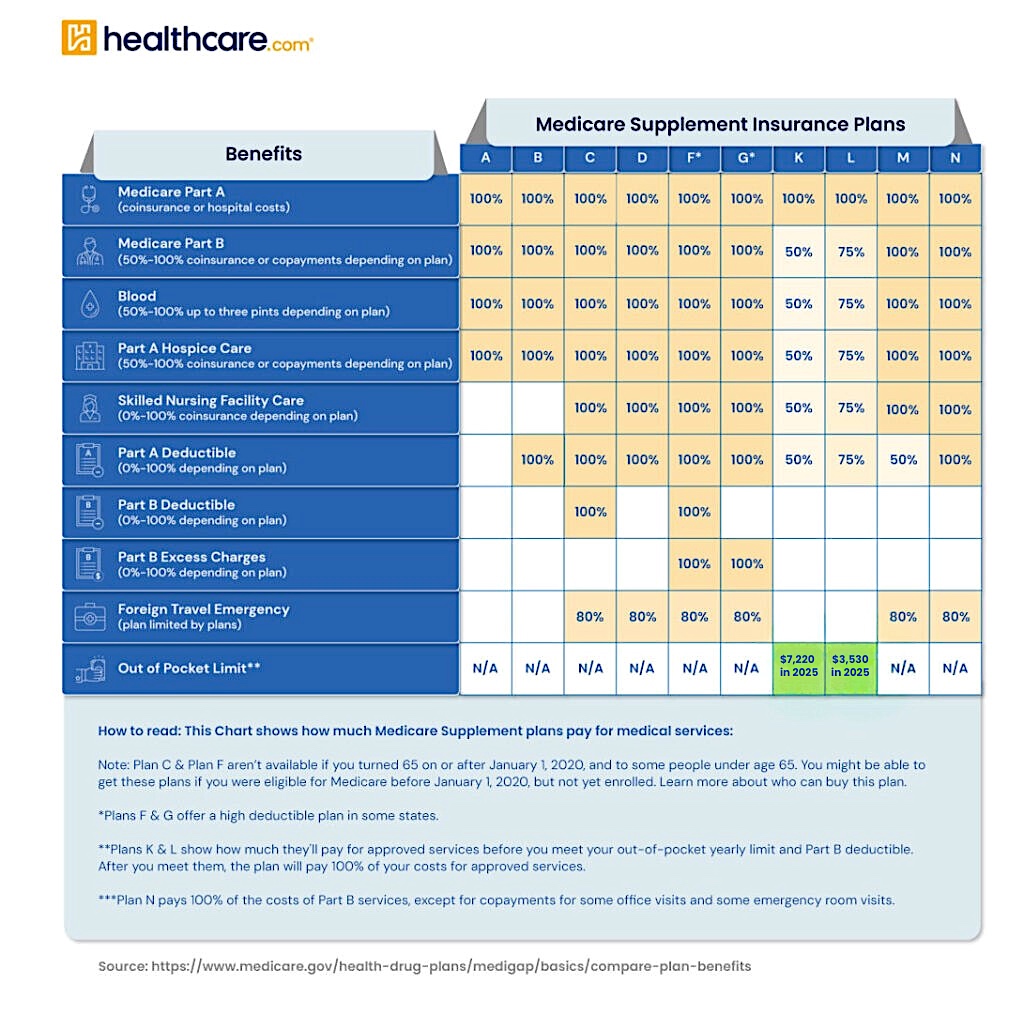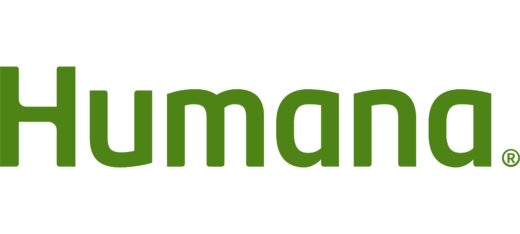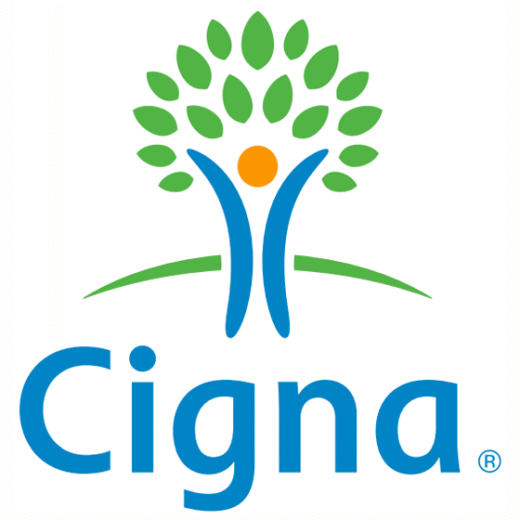Written by Melinda Sineriz
HealthCare Writer
We aim to help you make informed healthcare decisions. While this post may contain links to lead generation forms, this won’t influence our writing. We follow strict editorial standards to give you the most accurate and unbiased information.
What You Need to Know
- Medicare Supplement plans, also known as Medigap, help pay for out-of-pocket costs not covered by Medicare Part A and Part B.
- Idaho insurance companies must accept your Medicare Supplement (Medigap) plan application if you’re in your Medigap Open Enrollment Period or have guaranteed issue rights.
- The three most popular Medigap policies are typically Plans F, G, and N.
What Are Medicare Supplement Plans in Idaho?
Medicare is a federal health insurance program for individuals aged 65 and older, as well as younger people with qualifying disabilities or health conditions (e.g., end-stage renal disease).
Original Medicare includes Part A (Hospital Insurance) and Part B (Medical Insurance). While it covers many healthcare services, it still leaves you responsible for out-of-pocket expenses like deductibles, coinsurance, and copayments. Medicare Supplement plans help pay for these costs.
Medigap plans are standardized by letter (A through N), meaning that Plan A offers the same benefits regardless of the insurer, though pricing and service may vary.
Learn how these plans work and how they can benefit residents of Idaho.
Get Quotes Matched to Your Budget and Needs
When Can You Enroll in a Medicare Supplement (Medigap) Policy?
You can apply for a Medigap plan at any time. However, if you’re outside your Medigap Open Enrollment Period—or don’t have guaranteed issue rights—insurers may deny your application or charge more based on your health.
Your Medigap Open Enrollment Period lasts for six months. It begins the month you are both 65 (or older) and enrolled in Medicare Part B. During this time, insurance companies must accept your application and cannot charge more due to preexisting conditions.
Individuals can switch Medicare supplement plans once a year without medical underwriting, as long as the new plan has equal or lesser benefits. They have a 63-day guaranteed issue period after their birthday. Effective 3/1/2022.
Guaranteed issue rights apply in specific situations, such as:
- Moving out of your Medicare Advantage plan’s service area
- Your employer or union coverage ending
- Switching back to Original Medicare within a year of joining a Medicare Advantage plan
- Losing your Medigap policy due to bankruptcy or misrepresentation by the insurer
What Are the Most Popular Medicare Supplement Plans?
Nationwide and in Idaho, the most commonly selected Medigap plans are:
- Plan F – Offers the most comprehensive coverage but is only available to those eligible for Medicare before January 1, 2020.
- Plan G – Covers nearly everything Plan F does, except for the Medicare Part B deductible.
- Plan N – Covers many core benefits but includes copayments for certain doctor and emergency room visits, and does not cover Part B excess charges.
All Medigap plans are standardized, so Plan G from one insurer provides the same coverage as Plan G from another. However, premiums may differ.
How Do You Choose a Medicare Supplement Plan?
To select the best Medigap plan in Idaho:
- Determine your healthcare needs and budget – Do you want minimal out-of-pocket costs or lower monthly premiums?
- Decide on a plan letter – For example, Plan G for comprehensive coverage or Plan N for a balance of coverage and affordability.
- Compare insurers – The benefits are the same, but the prices and service levels vary.
Insurance companies may use different pricing methods:
- Attained age rating – Premiums increase as you age
- Issue age rating – Premiums are based on your age at enrollment and won’t increase with age
- Community rating – Everyone pays the same premium, regardless of age
Always compare the same plan (e.g., Plan G with one insurer vs. Plan G with another) to make a fair comparison.

How Much Do Medigap Policies Cost?
Medigap premiums in Idaho vary based on:
- Your age and gender
- Tobacco use
- Plan type
- The pricing method used by the insurer
Because costs can differ between insurers, it’s important to compare multiple providers before choosing a policy.
Get Quotes Matched to Your Budget and Needs
What If You Want to Change Your Medicare Supplement Plan?
You can apply to change Medigap plans at any time. However, unless you have guaranteed issue rights, your new application may be subject to medical underwriting. This means you could be denied coverage or charged more due to health conditions.
To avoid this, make sure you choose your Medigap plan carefully during your Open Enrollment Period.
What Are Alternatives to Medicare Supplement Plan?
Medicare Advantage plans, also known as Part C, are an alternative to Original Medicare. Offered by private insurance companies, these plans bundle:
- Part A (hospital insurance)
- Part B (medical insurance)
- Often include Part D (prescription drug coverage)
Medicare Advantage plans may also include dental, vision, hearing, fitness, and other benefits. Instead of pairing Medigap with a separate Part D plan, some beneficiaries prefer the convenience of an all-in-one Advantage plan.
Learn more about Idaho Medicare Advantage plans.
Medicare Part D?
Medicare Part D plans offer standalone prescription drug coverage.
- Who needs it: Anyone enrolled in Original Medicare who wants help with medication costs
- What it covers: Prescription medications (varies by plan)
- How it’s offered: Through private Medicare-approved insurers
- Not needed if: You’re enrolled in a Medicare Advantage plan that includes drug coverage (MAPD)
Shop for a Medicare plan with additional benefits!
Do Medigap Plans Cover Prescription Drugs?
No. Medigap plans do not include drug coverage. If you want coverage for prescription medications, you’ll need to purchase a standalone Medicare Part D plan.
Medicare Resources in Idaho
Residents of Idaho can receive free Medicare help from:
- Senior Health Insurance Benefits Advisors (SHIBA) – Offers unbiased, one-on-one Medicare counseling.
- Idaho Department of Insurance – Helps with complaints and provides information on licensed insurers.
- Idaho Medicaid – Offers healthcare coverage for eligible low-income residents and may coordinate with Medicare.
Next Steps
If a Medicare Supplement plan in Idaho seems like the right fit for you, the next step is to:
- Compare plan letters and coverage levels
- Request quotes from multiple insurance providers
- Consider whether you also need a Medicare Part D plan or would benefit from a Medicare Advantage plan
For additional guidance, speak with a licensed insurance agent or reach out to SHIBA for free, personalized assistance.
Thank you for your feedback!
U.S. Government website for Medicare. “Choosing a Medigap Policy: A Guide to Health Insurance for People with Medicare,” medicare.gov. Accessed April 5, 2021. 6.
“Choosing a Medigap Policy: A Guide to Health Insurance for People with Medicare.” 14.
“Choosing a Medigap Policy: A Guide to Health Insurance for People with Medicare.” 21-23.
America’s Health Insurance Plans. “State of Medigap: Trends in Enrollment and Demographics.” ahip.org. Accessed April 5, 2021. 8.
New Jersey Department of Human Services. “Medigap Plan Benefits.” state.nj.us. Accessed April 5, 2021.
“Choosing a Medigap Policy: A Guide to Health Insurance for People with Medicare.” 10-11.
“Choosing a Medigap Policy: A Guide to Health Insurance for People with Medicare.” 18.
“Choosing a Medigap Policy: A Guide to Health Insurance for People with Medicare.” 7.
“Choosing a Medigap Policy: A Guide to Health Insurance for People with Medicare.” 16.
“Choosing a Medigap Policy: A Guide to Health Insurance for People with Medicare.” 50.
U.S. Government Website for Medicare. “Medicare Advantage Plans.” medicare.gov. Accessed April 5, 2021. 6.








